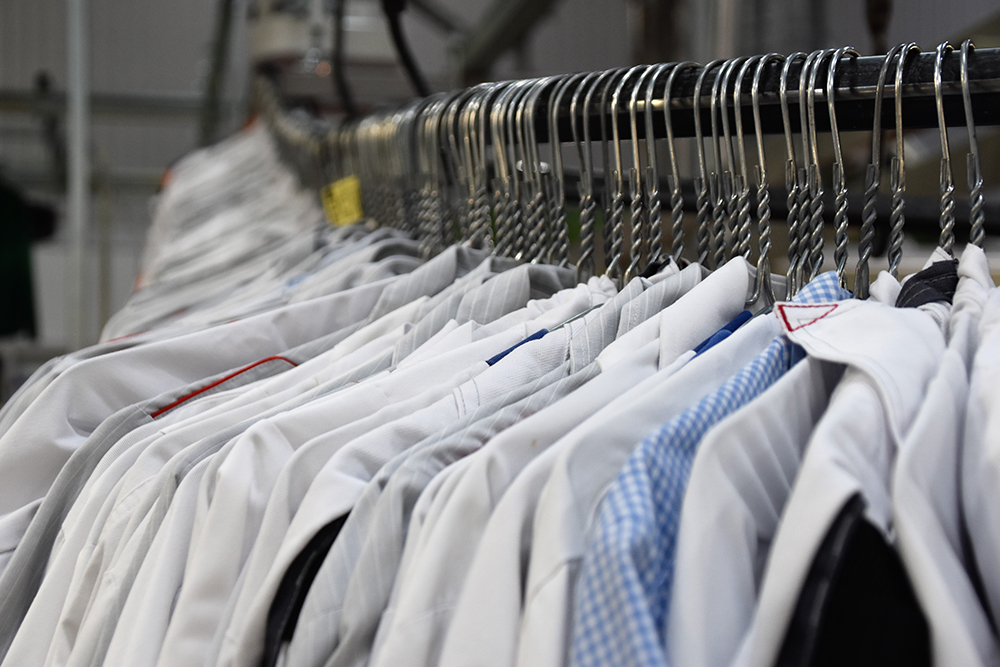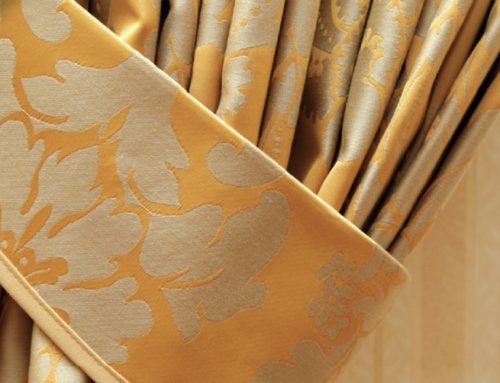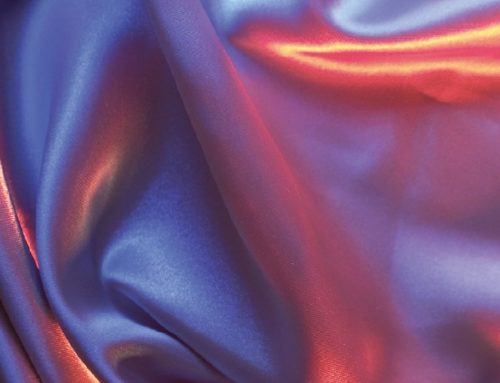You never get a second chance to make a good first impression.
A fresh, laundered and well-pressed shirt is essential.
A consumer guide from Santoros Cleaners
We successfully launder hundreds of shirts every day. And we are very good at it.
But, like all things, shirts can outlive their useful life or exhibit other problems. Whether your shirts are store bought, custom-made, expensive, or inexpensive, the problems this article identify and explain are those we encounter from time to time.
“I can’t wear my favorite shirt anymore.”
The Dry cleaning & Laundry Institute tells us that the average life expectancy of a shirt is about 35–50 washes, or roughly two years. But even this will fluctuate depending on the amount of abrasion and strain placed on the shirt during wear, the fiber content, and how the shirt is constructed. Sometimes they simply wear out.
“Do you really have a person whose only job is to crack buttons?”
Puckering and excess fabric in the collar and cuffs is often the result of the interfacing shrinking leaving an overabundance of outer fabric. We can’t reverse this circumstance. The manufacturer is responsible for using interfacing that is compatible with the shirt fabric.
“What happened to my pinstripes?”
At first glance, it may look like color loss from bleach, yet a close examination will reveal that only the colored pinstripe yarns are missing, leaving a skeletal framework of the white yarns. Here’s why: the colored yarns were dyed with fiber-reactive or sulfur-based dyes that degrade with repeated laundering. As the shirt nears its life expectancy, the colored yarns can simply wash away.
“Why are the underarm stains still there?”
Most damage in the underarm area is directly related to consumer use. Perspiration, if allowed to stay in a shirt, will eventually stain and weaken the fabric. Aluminum chlorides, a key ingredient found in antiperspirants, also weaken the area under the arms. Frequent laundering after wear may minimize this type of damage.
“What are these gray stains on my sleeve seams?”
Discoloration or gray or shiny specks on the shirt seams, collar and cuffs, or placket occurs when the shirt manufacturer uses excessive and improperly applied adhesive to fuse interfacings with the outer fabric. In most cases, prevention of this damage is not possible since it cannot be identified prior to laundering.
“Do you charge everyone the same price to launder a shirt?”
Our prices are based solely upon our costs of doing business, the expertise, and the time it takes to complete the requested service requirements of an individual item.
“You shrunk my shirt.”
Typically, when a shirt is made, the manufacturer has allowed for two to three percent shrinkage by cutting fabric a little larger. Finished dimensions that exceed a pre-determined allowance may become too tight in the neck, too short in the sleeve length, and too tight around the middle. When this happens it is usually the result of poorly stabilized fabric and other elements of construction. There is very little we can do as professional cleaners that will cause excessive shrinkage.
Article from Dry Cleaning & Laundry Institute International






